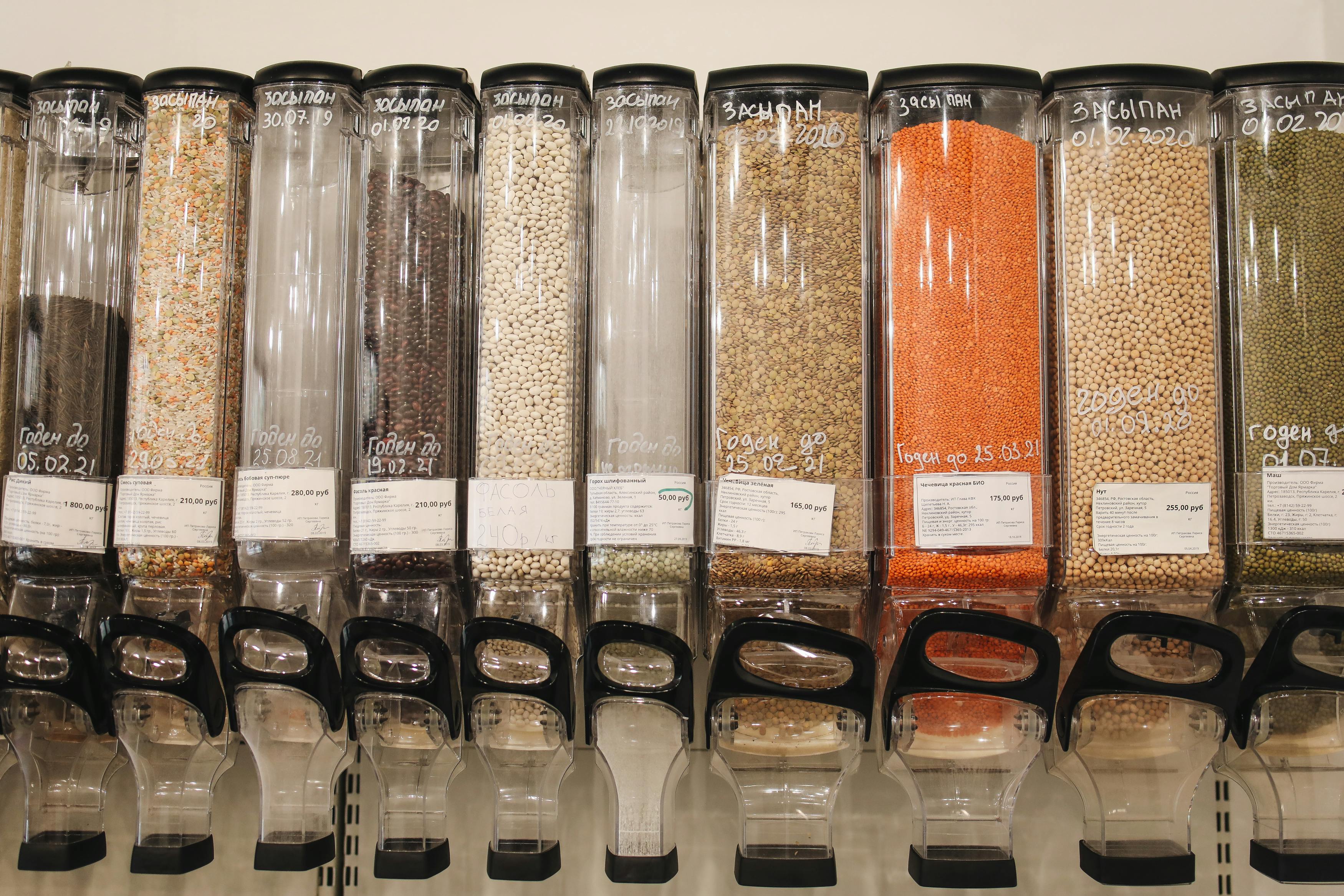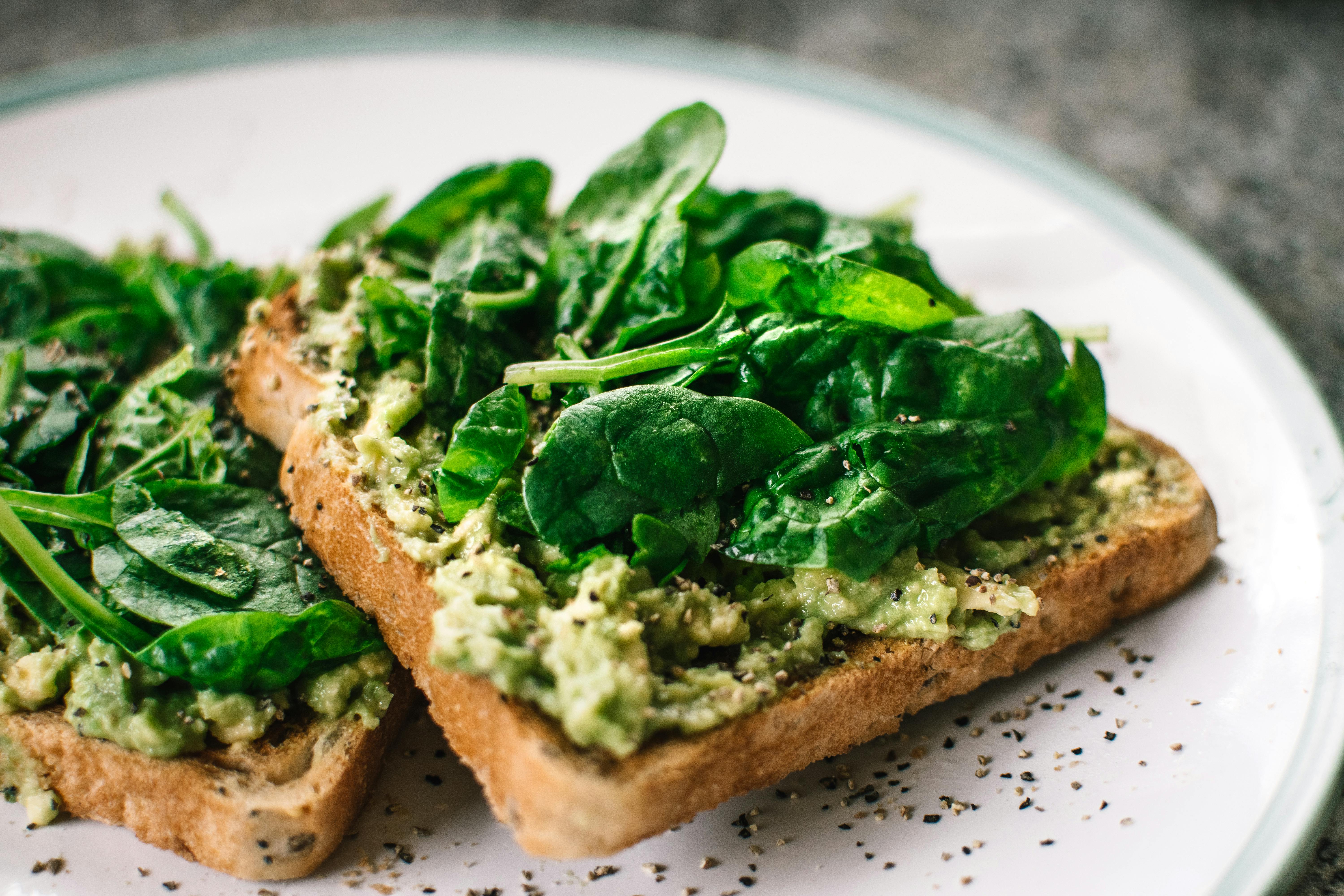Why Plant-Powered Meal Prep Matters
Rising grocery costs can make it feel hard to eat for performance, yet plant-based staples remain some of the most nutrient-dense and affordable foods on the shelf. Oats, beans, lentils, frozen vegetables, and seeds deliver fiber, antioxidants, and slow-release carbohydrates for sustained energy. When paired thoughtfully, they also provide the full spectrum of essential amino acids athletes need to repair muscle (FAO/WHO, 2020).
A 2023 meta-analysis in the American Journal of Clinical Nutrition found that people following a well-planned vegetarian diet met or exceeded protein recommendations when total energy intake was adequate. That same review linked higher intakes of legumes and whole grains with a 21 % reduced risk of cardiovascular disease—an important bonus for long-term health.
Setting Performance Targets on a Budget
- Daily protein: Aim for 1.4–1.8 g per kg body weight during active training phases (International Society of Sports Nutrition, 2017).
- Carbohydrate: 3–7 g/kg depending on session length and intensity to replenish glycogen (ACSM, 2022).
- Healthy fats: At least 20 % of total energy for hormone balance and absorption of fat-soluble vitamins.
Plant staples can hit these numbers inexpensively:
• 1 cup cooked lentils = 18 g protein, 230 cal, ~$0.40
• 2 tbsp peanut butter = 8 g protein, 190 cal, ~$0.20
• 1 cup cooked quinoa = 8 g protein, 220 cal, ~$0.55
Multiply those by seven days and you have the core of an athlete-friendly plan for under US $25 per week.
The Science of Complete Plant Proteins
Proteins are chains of 20 amino acids, nine of which are “essential” because the body can’t make them. Grains are typically lower in lysine, while legumes run short on methionine. Eating them together—think rice and beans—creates a “complementary protein” that rivals animal sources. Research in Nutrients (2021) confirms that timing doesn’t have to be simultaneous; variety across the day is enough.
Leucine, the amino acid that flips the muscle-building switch (mTOR pathway), deserves special attention. Dietitians advise targeting 2–3 g leucine per meal, roughly 25–30 g of total protein. A cup of cooked soybeans or three-quarters cup of tempeh hits that threshold outright. Otherwise, pair legumes with seeds or nutritional yeast to reach it.
Meal Prep Blueprint: Four Steps to Success
- Map the week. Grab your calendar, circle high-intensity training days, and note work or class commitments. This clarifies when you need grab-and-go meals versus sit-down dinners.
- Choose versatile base recipes. Think chili, stir-fry, and overnight oats that welcome flavor tweaks.
- Batch-cook smart carbs. Large pots of brown rice, roasted sweet potatoes, or whole-wheat pasta store well for five days.
- Flavor freeze. Sauces such as peanut-lime or tomato basil can be blended in five minutes and frozen in ice-cube trays for instant portion control.

*1. Engage: Stock: dry lentils, rolled oats, brown rice, canned tomatoes, frozen mixed veggies.
*2. Explore: Protein boosts: tofu blocks, canned chickpeas, shelled edamame, peanut or sunflower butter.
*3. Exit: Flavor upgrades: garlic powder, cumin, soy sauce, lemon zest, hot sauce packets.
Sample 3-Day Menu (≈ 2 400 kcal/day)
Day 1
• Breakfast: Cinnamon-banana overnight oats with soy milk, chia seeds, and 2 tbsp peanut butter (28 g protein).
• Lunch: Smoky lentil-sweet potato chili over quinoa, topped with avocado salsa (34 g protein).
• Snack: Apple + roasted chickpeas (12 g protein).
• Dinner: Stir-fried tofu, broccoli, and brown rice drizzled with sesame-ginger sauce (32 g protein).
Day 2
• Breakfast: Veggie tofu scramble in whole-wheat wrap with nutritional yeast “cheese” (26 g protein).
• Lunch: White bean pasta salad with spinach, olives, and lemon-tahini dressing (30 g protein).
• Snack: Trail mix (pumpkin seeds, dried cranberries, dark chocolate) (10 g protein).
• Dinner: Black bean burrito bowl, corn, salsa, and shredded lettuce (36 g protein).
Day 3
• Breakfast: Green protein smoothie: soy yogurt, frozen mango, spinach, oats, hemp seeds (25 g protein).
• Lunch: Chickpea “tuna” salad on whole-grain bread with side carrots (28 g protein).
• Snack: Edamame with sea salt (14 g protein).
• Dinner: Peanut butter curry with mixed vegetables and rice noodles (32 g protein).
Total cost averages $6-$7 per day depending on local prices. All ingredients can be bought in bulk or store-brand to shave extra dollars.
Micronutrients That Move the Needle
Iron: Plant iron (non-heme) is less readily absorbed, yet absorption triples when eaten with vitamin C-rich foods. Squeeze citrus over black beans or pair lentils with bell pepper. Athletes need 18 mg daily, and menstruating individuals may require more.
B12: The only nutrient difficult to obtain solely from plants. Choose fortified soy milk, nutritional yeast, or a reliable supplement (2.4 µg RDA). Low B12 impairs red blood cell formation, cutting oxygen delivery and endurance.
Omega-3s: Ground flaxseed, chia, and walnuts provide alpha-linolenic acid (ALA). Two tbsp flaxseed daily meets the Adequate Intake (1.6 g). For EPA/DHA, many athletes add a microalgae oil capsule.
Calcium: Dark greens, tofu set with calcium sulfate, and fortified beverages supply the 1 000 mg target. Resistance exercise also improves bone density, creating a powerful synergy.
Practical Cooking Hacks for Busy Weeks
• Cook legumes in bulk using an electric pressure cooker—1 lb dry beans yields roughly 6 cups cooked for < $1.
• Freeze grains flat in zip bags; they reheat in 60 seconds and stop you from dialing delivery.
• Repurpose sauces: leftover peanut-lime becomes salad dressing; tomato basil turns into pizza base on a whole-wheat pita.
• Label containers with masking tape. List macros per serving so you can hit targets at a glance.
Overcoming Common Concerns
“Won’t all those carbs make me sluggish?” Carbs are the body’s preferred fuel during high-intensity work. A 2022 review in Sports Medicine showed that endurance athletes eating 60 % of kcal from carbs recovered glycogen faster and performed better in subsequent sessions than those on low-carb plans.
“I crave variety.” Rotate spices weekly—curry week, Italian week, Mexican week—while keeping the base ingredients identical. This preserves grocery efficiency yet satisfies the palate.
“I don’t have time.” A study in Public Health Nutrition (2020) found that people who batch-cooked spent 37 % less total time on food each week versus daily cooks. Set a two-hour prep window on Sundays and reclaim weeknights.
Sustainable Shopping List (Serves 2 Active Adults, 7 Days)
Pantry
• 2 lb dry lentils
• 1 lb brown rice
• 1 lb quinoa
• 2 cans chickpeas
• 2 cans black beans
• 28 oz crushed tomatoes
• 16 oz peanut butter
• 16 oz rolled oats
• Spices: cumin, smoked paprika, turmeric, garlic powder
Refrigerated/Frozen
• 3 blocks extra-firm tofu
• 2 lb frozen mixed vegetables
• 1 lb frozen edamame
• 1 qt fortified soy milk
• 2 bell peppers, 3 onions, 4 sweet potatoes
• Bag of fresh spinach
Total estimated cost (U.S. Midwest, 2025): $48.73.
Training-Aligned Portion Tweaks
• Strength phase: Increase legume servings by 25 % and add an evening soy yogurt parfait to reach the upper protein range.
• Endurance phase: Bump rice or pasta portions by 1 cup cooked to match elevated carbohydrate needs.
• Deload/rest week: Halve grain servings and emphasize colorful vegetables to maintain satiety without surplus calories.
Putting It All Together
Budget-friendly, plant-powered eating isn’t about deprivation; it’s about strategy. By anchoring your menu in affordable staples, layering complementary proteins, and seasoning with global flavors, you create meals that nourish muscles, mind, and wallet alike. Evidence shows that when nutrition feels doable, consistency rises—and consistency drives results.
You have the tools: a clear protein target, a shopping list under $50, and time-saving hacks that fit real-life schedules. Now it’s your move. Set aside two hours this weekend, batch-cook your base recipes, and taste how plant power fuels every training session with steady energy and faster recovery.
Remember, progress thrives on preparation. Your next personal best starts in the kitchen.
